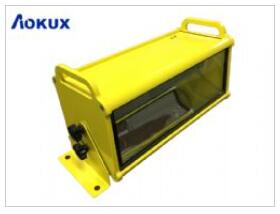
Obstruction lights are essential for ensuring aviation safety, especially around tall structures. When considering the installation of obstruction lights, it is important to understand the factors that influence their prices. In this article, we will explore various elements that contribute to obstruction light prices and discuss the considerations involved.
Type and Specifications:
Obstruction lights come in different types, such as red beacons, white strobe lights, and high-intensity LED lights. Each type has its own characteristics, with LED lights being energy-efficient and having a longer lifespan. The type of light chosen depends on regulatory requirements, environmental conditions, and the structure's height.
Compliance with Aviation Regulations:
Aviation authorities, such as the International Civil Aviation Organization (ICAO) and local regulatory bodies, have established guidelines for obstruction lights. Compliance with these regulations ensures that lights meet specific standards for visibility, color, and intensity. The cost of obtaining certification and meeting regulatory requirements can impact the overall price.

Light Intensity and Range:
The intensity and range of obstruction lights are crucial for visibility. The height of the structure, surrounding environment, and distance at which the lights need to be seen by pilots are all factors that influence the required intensity. Lights with higher intensity and longer range tend to be more expensive due to higher specifications and materials used.
Durability and Weather Resistance:
Obstruction lights are exposed to various weather conditions, including rain, snow, extreme temperatures, and strong winds. Lights that are built with durable materials and designed to withstand these elements tend to be more expensive. Factors such as corrosion resistance, waterproofing, and the ability to withstand environmental stress contribute to the overall price.
| 12 |
Obstruction Light Price |
| 13 | 44 |
| 14 | 34 |